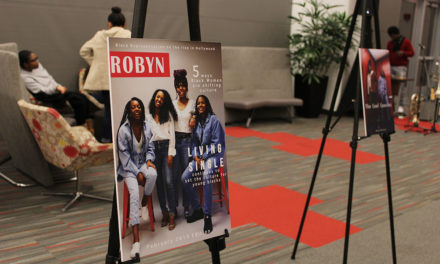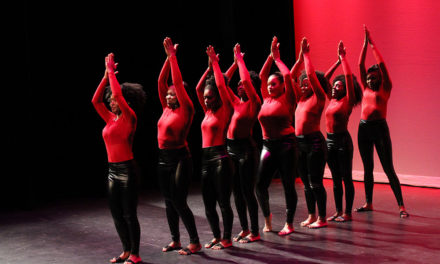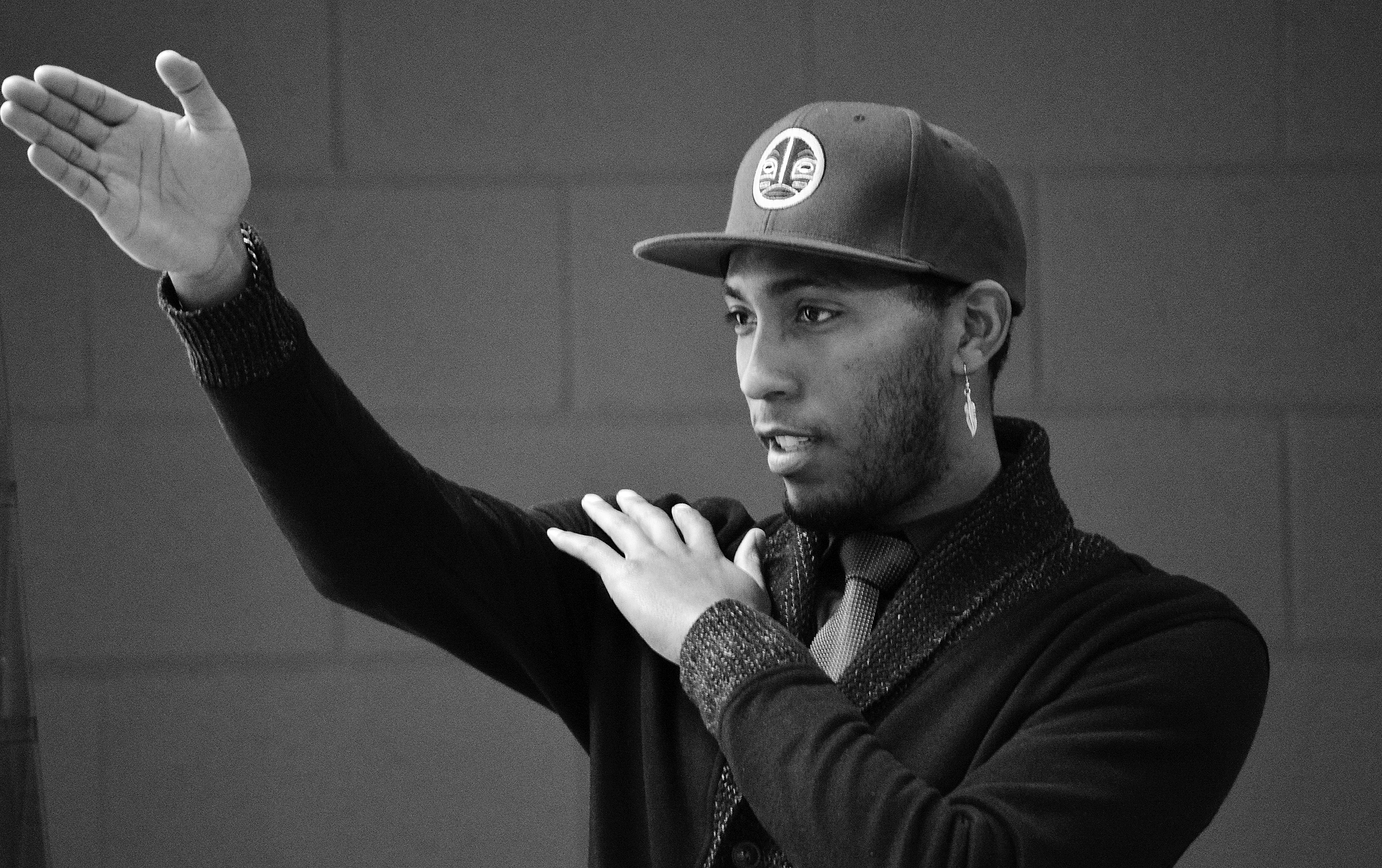Story & Photos By: Kelly Darden
Typical professors and members of academia come to campus dressed in collared shirts and ties or skirts and blouses. Dr. Smith-McKoy, Dr. Brookins, and Toni Thorpe, who are all members of NCSU faculty, do not confrom to the standard Western dress codes. They often come to wrok dressed in their attire rooted in African culture.
Brookins, on his first trip to Africa in 1983, became enamored with traditional African attire. Overrun with feelings, the clothing represented part of his background that he was previously unaware. Blessed with new knowledge of the heritage connected with the clothing, Brookins found a new love.
Since his first trip to East Africa, Brookins has returned to the continent as often as he can, always bringing back beautiful souvenirs.
“For me, most of my African clothing I get from the continent itself and it has as much to do with the opportunity to obtain the clothing than anything,” said Brookins. “Most of my travel deals with West Africa, in particular Ghana, which is where I get most of mine.”
Not just engulfed in the beauty of it, Brookins knows the symbolism behind the African clothing he wears.
“In Ghana among the Akan, which is an ethnic group, language group, and a people, there is the Adinkra symbolism”, said Brookins. “We know of that, here primarily through the symbolism of Sankofa or Gye
Nyame. Those are symbolic languages, which are sometimes incorporated in the countries clothing, as well as crafts and homes.”
Brookins is also well versed in the different styles, fabrics, and customs in of which these garments are constructed.
“Materials, styles, and expression range within different regions of the continent. In West Africa, there is more of a display of clothing. Southern and Eastern Africa is more likely to actually show more Western style clothing than African,” said Brookins. “The style in East Africa, like Kenya has more tunic style rather than the full top and bottom attire.”
Because traditional African clothing isn’t so traditional on NC State’s campus, Brookins has received many stares and comments concerning his dress.
“I had an African American male ask me why did I wear it [African clothing] and my first reaction was that I look good in it and it’s comfortable”, said Brookins. “It wasn’t meant to come off as offensive, but it was and it’s how I feel about wearing it.”
Thorpe and Smith-McKoy, who usually reserve their African attire for special occasions, look good in their attire as well.
To the average eye, these garments may appear to have overlooked details when in actuality there are many underlying meaning. Colors are the biggest indicator of that as various ones like blue, yellow, and white can signify happiness. Black is meant to represent the African people while white is for purity. Red translates to courage and fertility comes from green.
Understanding the values of our African roots can be as simple as stopping to admire the patterns, colors, and textures of the clothing dawned by our campus faculty.
“You’ll be hard pressed to find me not in some African inspired clothing or artifact, so there’s almost an expectation to see me wearing it.”






Traditional African attire backed…..